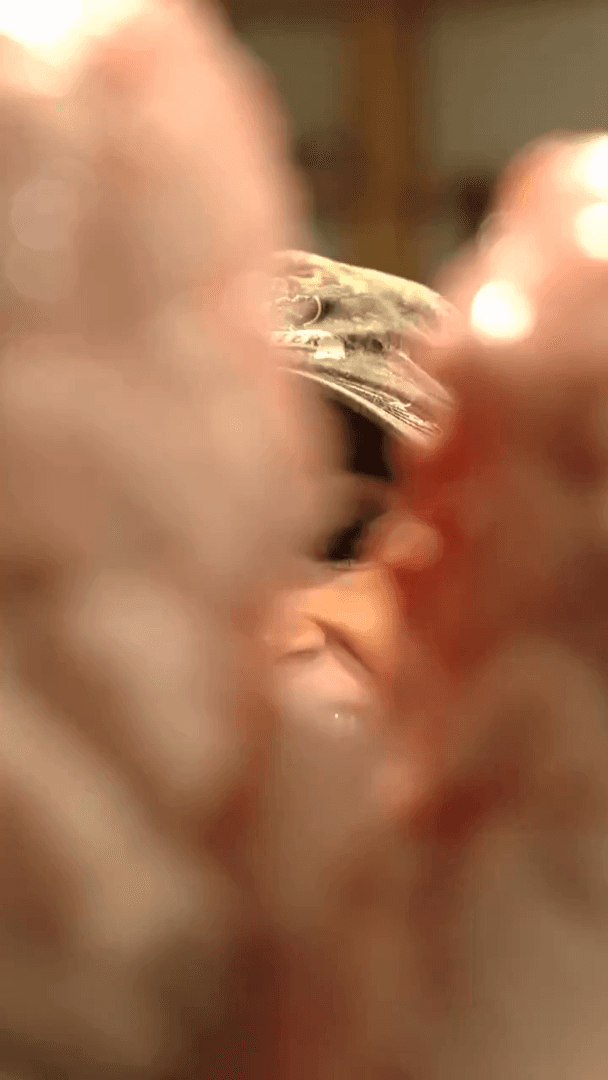
Utah Hunting Seasons, 2023-2024 Utah’s hunting seasons are currently underway. The mountains of Utah represent a beautiful background for the Beehive State’s vast hunting lands. The most beautiful landscapes of the United States are found in Utah’s portion of the Rocky Mountains, allowing you to explore beautiful nature and achieve a bountiful hunt. On top of the scenery, the state offers premier hunting of big game, including deer, elk, moose and bighorn sheep. Utah Deer Seasons Archery Aug. 19-Sept. 15 Muzzleloader Sept. 27-Oct. 5 Early General Season Oct. 11-15 General Season Oct. 21-29 Utah makes deer hunting easy by providing permits through it Utah Hunting and Fishing app, allowing you to purchase permits on the go before heading out to hunt. First-time hunters in the state can participate in the trial hunting program, which gives new big-game hunters the opportunity to try out the sport without taking the required Hunter Education course. For more information, visit the Utah Division of Wildlife Resources website.
Post: 1 December 10:05












































